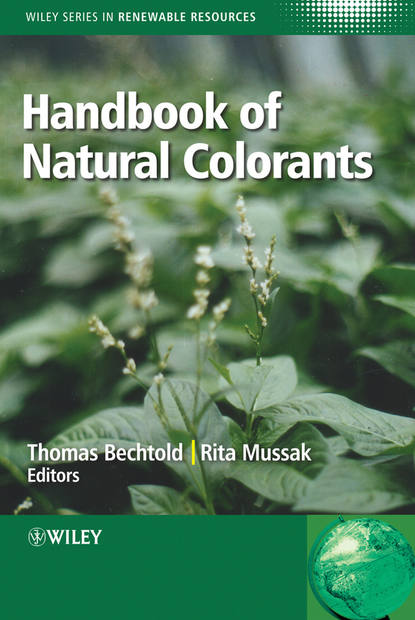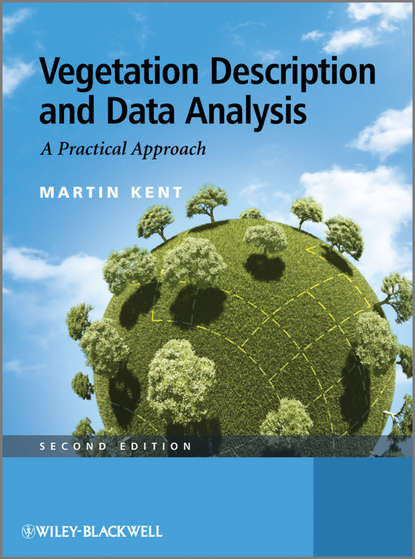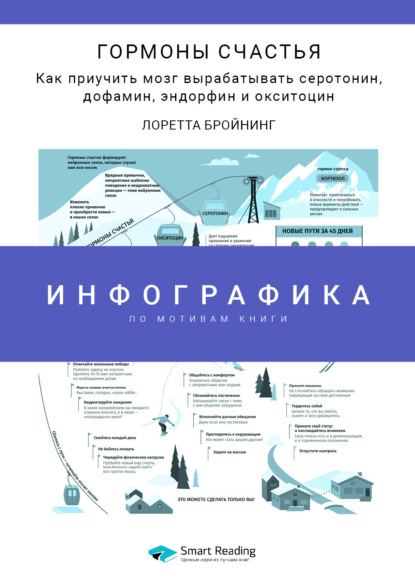Книга "Handbook of Natural Colorants" посвящена изучению потенциала натуральных ресурсов, в том числе натуральных красителей, в контексте их возобновляемости, устойчивости и замены продуктов на основе нефти. Растущий интерес потребителей к "зеленым" продуктам, которые обладают улучшенным экологическим профилем, может быть рассмотрен как прорывной фактор в возрождении натуральных красителей на современных рынках. Авторы книги, обладающие специализированными знаниями в этой области, предоставляют уникальный источник информации, подводящий итоги текущих знаний о натуральных красителях в подробностях. Поддерживая исследователей в этой новой области устойчивой химии, книга обеспечивает легкий доступ к теории и практике натуральных красителей с разных точек зрения, включая сельскохозяйственные, экономические и законодательные аспекты. Среди обсуждаемых тем можно назвать: историю технологии окрашивания, текущее положение дел с натуральными красителями, доступность региональных растительных источников, конкретные техники применения, химические свойства, которые должны учитывать профессиональные красильщики и химики, сельскохозяйственное получение красителей с акцентом на возобновляемые ресурсы, обсуждение проблем энергетического и материального баланса, возникающих при получении материалов, производственные аспекты красителей, а также их основные применения, экологические и экономические аспекты. В книге также приводятся преимущества и недостатки натуральных красителей, представляются некоторые многообещающие результаты и оценивается потенциальное использование растительных красителей в качестве альтернативы химическим красителям с акцентом на зеленую химию.
Concern for renewable resources and the sustainability and substitution of oil-based products has led to a reassessment of the potential of naturally occurring resources. Increasingly, consumers are interested in "green" products that have an improved environmental record, and this represents the prodding force needed to introduce natural colorings back into modern markets.Provided by scientists with expert knowledge in this field, the Handbook of Natural Colourants presents a unique resource of information; summarizing current knowledge about natural colourings comprehensively.Supporting researchers in this emergent field of sostenible chemistry, the volume provides easily accessible information about the theory and application of natural colourants from various viewpoints including: consideration of agricultural, economical and statutory aspects.This volume covers topics such as: History of colouring technology Current status of natural colours Regional plant-source availability Exclusive application techniques The author investigates chemical properties which professional dyers' and chemists' must consider Sources for agriculture, focusing on renewable sources Discussions regarding energy and materials' balance arising from sourcing Materials' production aspects Leading to key applications Environmental/economical aspects The author examines the pros' and cons' of natural dyes, exploring some promising outcomes, and evaluating potential use for vegetable dyes in the place of chemically based ones, with a concentration on green chemistr.
Электронная Книга «Handbook of Natural Colorants» написана автором Thomas Bechtold в году.
Минимальный возраст читателя: 0
Язык: Английский
ISBN: 9780470744963
Описание книги от Thomas Bechtold
Concentration on renewable resources, sustainability and replacement of oil based products are driving forces to reassess the potential of natural resources including natural colorants. The growing consumer interest in purchasing “green” products, which exhibit an improved environmental profile, can be seen as the break-through force needed to reintroduce natural colorants into the modern markets. Written by scientists with specialised knowledge in the field, Handbook of Natural Colorants provides a unique source of information, summarising the present knowledge of natural colorants in depth. Supporting researchers in this emerging field of sustainable chemistry, it provides easy access to the theory and practice of natural colorants from different viewpoints, including agricultural, economic and legislative aspects. Topics covered include: History of coloration technology Present position of natural colorants Regional plant source availability Specific application techniques Chemical properties that professional dyers and chemists have to consider Agricultural sourcing of dyes with an emphasis on renewable resources Discussions on energy and material balance issues arising from the sourcing of materials Production aspects of colorants, leading on to the key applications Environmental and economic aspects Also included are the pros and cons of natural dyestuffs, presenting some promising results and evaluating the potential use of vegetable dyes as alternatives to chemical-based ones with a focus on green chemistry



















